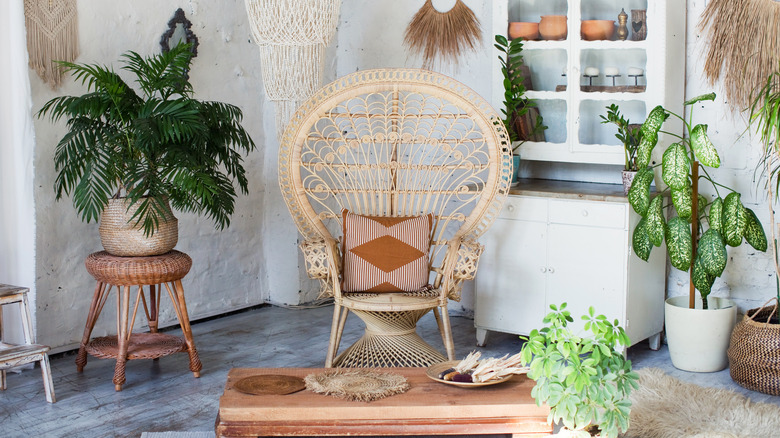
When it comes to home improvement projects, caulking is a common task that is often necessary for sealing gaps and cracks around windows, doors, and other surfaces. However, with so many different types and colors of caulk available on the market, it can be challenging to choose the right one for your needs. In this article, we will compare white caulk and clear caulk, discussing the pros and cons of each to help you make an informed decision for your next project.
White Caulk
White caulk, as the name suggests, is a white-colored sealant that is commonly used for interior and exterior applications. It is a versatile option that can blend in seamlessly with most surfaces, especially those that are painted or are white in color. One of the main advantages of white caulk is its ability to create a clean and uniform finish, making it ideal for projects where aesthetics are important. Additionally, white caulk tends to be more forgiving when it comes to imperfections and mistakes during application, as it can be easily painted over for a seamless look.
Clear Caulk
Clear caulk, on the other hand, is a transparent sealant that is ideal for applications where a discreet or invisible seal is desired. Clear caulk is often used for sealing glass, mirrors, and other surfaces where the natural color or texture needs to be preserved. One of the main benefits of clear caulk is its ability to create a seamless and unobtrusive finish, making it a popular choice for projects where visibility is key. Additionally, clear caulk is versatile and can be used on a wide range of materials without the need for color matching.
Comparing White vs. Clear Caulk
When comparing white caulk and clear caulk, it is important to consider the specific needs of your project. White caulk is best suited for projects where a clean and uniform finish is desired, such as sealing gaps around windows and trim work. In contrast, clear caulk is ideal for projects where a discreet seal is needed, such as sealing glass and transparent surfaces. Additionally, clear caulk is a versatile option that can be used on a wide range of surfaces, making it a great choice for projects with diverse materials.
Both white caulk and clear caulk have their own set of advantages and disadvantages, so it is important to weigh these factors against your specific project requirements. While white caulk may offer a more forgiving application process and seamless finish, clear caulk provides a discreet and versatile solution for a wide range of materials. Ultimately, the choice between white and clear caulk will depend on the specific needs and aesthetics of your project.
Conclusion
Choosing the right caulk for your project is essential for achieving a professional and long-lasting finish. When comparing white caulk and clear caulk, it is important to consider the specific requirements and aesthetics of your project. White caulk is ideal for creating a clean and uniform finish, while clear caulk offers a discreet and versatile solution for a wide range of materials. By weighing the pros and cons of each option, you can make an informed decision for your next caulking project.
FAQs
Q: Can I paint over clear caulk?
A: Yes, clear caulk can be painted over with most types of paint for a seamless finish.
Q: Is white caulk suitable for exterior applications?
A: Yes, white caulk can be used for both interior and exterior applications, providing a clean and uniform finish.
Q: Can clear caulk be used on painted surfaces?
A: Yes, clear caulk can be used on painted surfaces without the need for color matching, making it a versatile option for a wide range of projects.
white caulk vs clear caulk
Choosing the right caulk for your home improvement project can make a big difference in the final outcome, and one important decision to make is whether to use white or clear caulk. Both types of caulk have their own advantages and disadvantages, so it’s important to understand the differences between them before making your decision.
White caulk is a popular choice for many homeowners because it can easily blend in with white or light-colored surfaces. This makes it a great option for sealing gaps and cracks around windows, doors, and trim where a seamless finish is desired. White caulk is also a good choice for bathrooms and kitchens where it can be used to seal seams and gaps in tile and grout, providing a clean and polished look.
On the other hand, clear caulk is a versatile option that can be used on a variety of surfaces and in a wide range of applications. Clear caulk is great for sealing windows and doors, as well as for filling gaps and cracks on both interior and exterior surfaces. Its transparency makes it a good choice for DIY projects where a neat and clean finish is desired without the need for painting over the caulk.
When choosing between white and clear caulk, it’s important to consider the type of surface you will be caulking and the overall look you want to achieve. If you have a light-colored surface and want a seamless finish, white caulk may be the best choice for you. However, if you want a transparent and versatile caulk that can be used on a variety of surfaces, clear caulk may be the better option.
Another important factor to consider when choosing between white and clear caulk is the type of material the caulk is made of. Silicone-based clear caulk is often more flexible and durable than white caulk, making it a good choice for outdoor applications where exposure to the elements is a concern. White caulk, on the other hand, is often made of acrylic or latex, which may be more prone to cracking and shrinking over time.
In conclusion, both white and clear caulk have their own advantages and disadvantages, so it’s important to consider the specific needs of your project before making your decision. Whether you choose white or clear caulk, make sure to follow the manufacturer’s instructions for proper application and to allow for adequate drying time before exposing the caulk to moisture or temperature changes. With the right caulk and proper application, you can achieve a professional and long-lasting finish for your home improvement project. white caulk vs clear caulk






